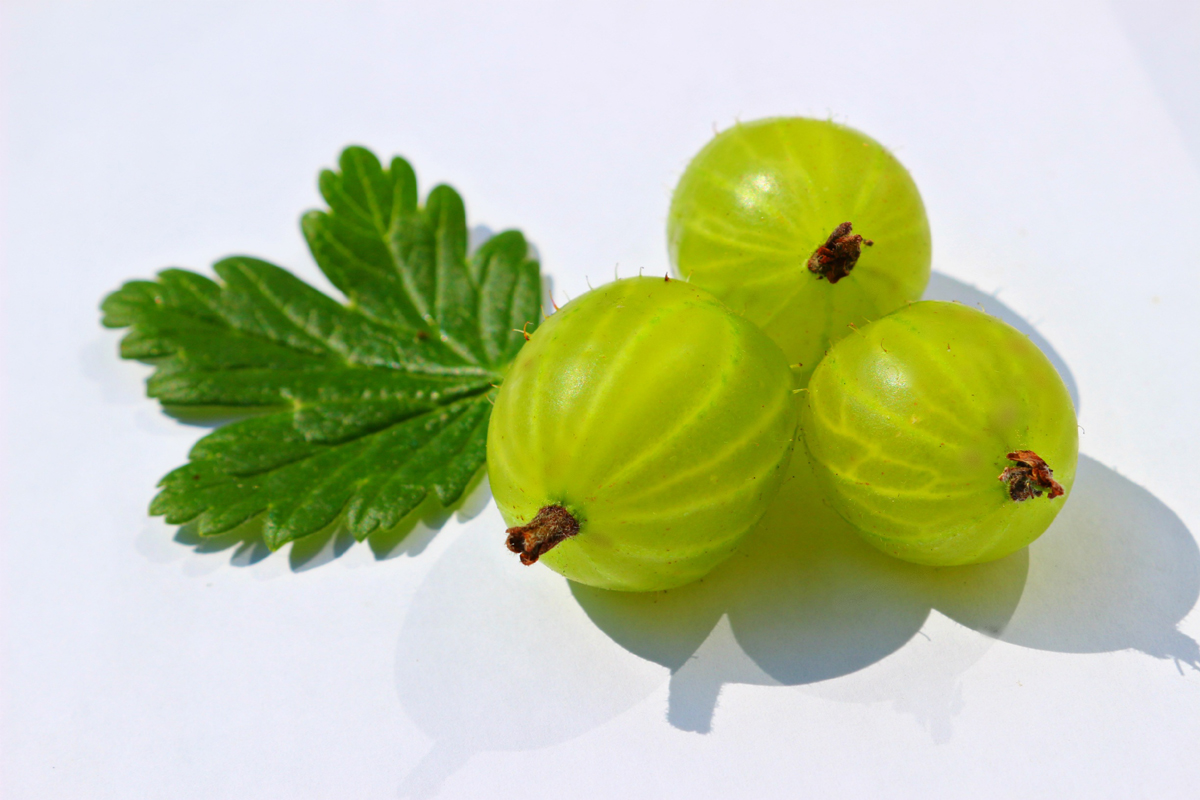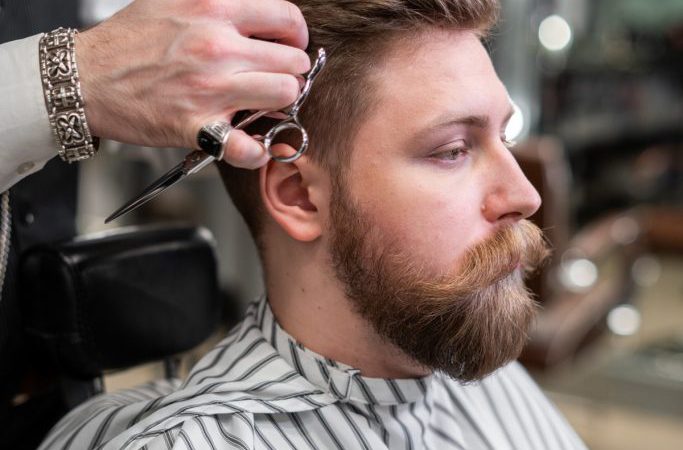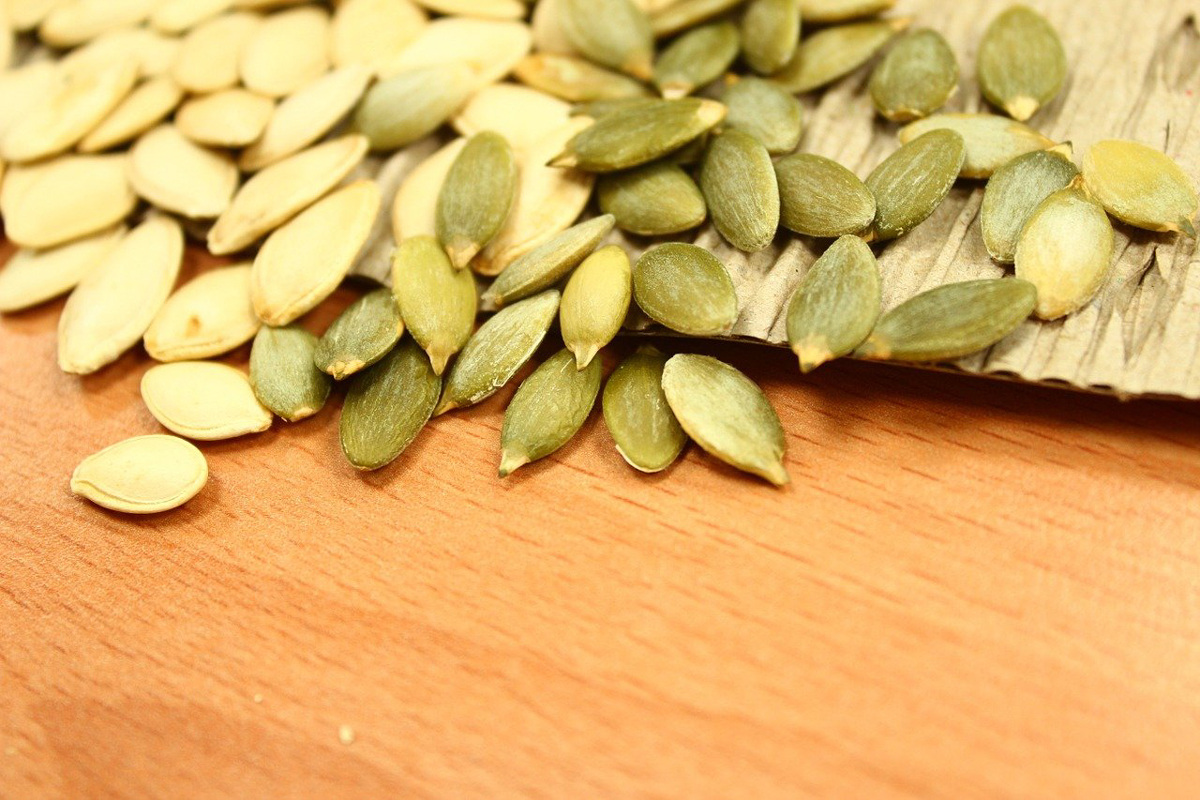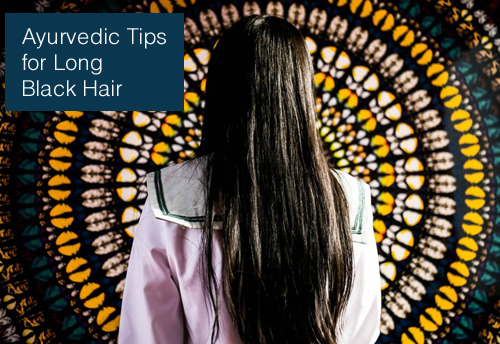How to Repair Swimming Hair Damage

Keep these tips in mind next time you’re at the pool or beach. With a little care and know-how, you can maintain great-looking hair while enjoying the benefits of outdoor exercise.
 Chlorine and Your Hair
Chlorine and Your Hair
Imagine your hair as a sponge absorbing water. Before you get in the pool, wet your hair with fresh water. With non-chlorinated water on board, your hair won’t be able to soak-up as much chlorine while you swim. And always rinse your hair with clean water after swimming; chlorine in pools not only dries-out your hair, but will fade the colour too.
Chlorine in swimming pools can cause sebum – oil that lubricates your hair shaft – to start building up in your hair follicles. As time passes follicles can become blocked, creating further hair damage. After swimming use a good ‘clarifying’ shampoo. The main ingredient to look for is EDTA (Ethylene Diamine Tetra Acetic Acid). It’s like a chemical claw, removing chlorine from your hair.
Baking soda is a wonderfully inexpensive home remedy. Shampoo as usual, but add ¼ cup baking soda to your shampoo. Using this mixture once a week can remove water impurities and lighten your hair. Also consider mixing baking soda with hair conditioner in your hand to condition the ends of your hair. It’ll give your hair more volume, body and health.
Protect Your Hair from The Inside
Drinking plenty of water every day is a good way to lubricate damaged or excessively dry hair. Other liquids such as herbal teas and fruit juices also help. Be moderate in your use of coffee and colas, as they can cause dehydration to your hair and skin.
A healthy diet and recommended use of vitamins will help the overall health of your hair by providing a boost of minerals and nutrients. Besides feeding hair with vitamins, minerals and amino acids you can crank up the moisture by adding daily Essential Fatty Acid (EFA) supplements. Flax Seed is reported to be a great EFA that softens a woman’s hair and skin.
Be Gentle
Don’t mangle your hair by brushing it when wet. Instead, comb it with a wide-tooth comb. Work out tangles as you move from the ends toward the scalp. Don’t over dry – leave some moisture in to prevent static. Use care when styling. Your hair will be better-off if you don’t use styling appliances; but if you must, don’t let your hair get too hot and avoid aggressive manipulation of your hair.
Hats Best to Stop Damaging Rays
UV-radiation from the sun can damage your hair, fading colour and making it brittle. Although some hair care products claim they contain sun protection, wearing a hat or cap around the pool or beach to is the simplest, most effective way to look after your hair.
Deep Conditioning Hair Treatments
If you already have damaged hair, perhaps it’s time for intensive treatment to turn the tide for your bruised hair cuticles. Whether you whip up your own recipe, go to your favorite salon or buy an off-the-shelf product, you may need to perform intensive conditioning at least once a week.
Salon treatments are more expensive and usually involve the application of a healing hair masque or deep conditioning product to return your hair to its natural, healthy appearance.
Keep these tips in mind next time you’re at the pool or beach. With a little care and know-how, you can maintain great-looking hair while enjoying the benefits of outdoor exercise.
The Author:
Roger Hall of COEGA Sunwear develops tips and clothing that provide you with Style, Comfort and Protection.
Copyright Roger Hall.
Photo. Pexels, Abbiepaulhus








